
It’s hard to shake the feeling of awe and unease as you watch the mighty Alps—those ancient, snow-capped giants—slowly surrender to warmth. Imagine standing at the edge of a receding glacier, the air thick with history, as objects long buried in ice begin to emerge, startlingly well-preserved. It’s as if the mountains are coughing up their secrets, one chilling artifact at a time. The Alps have always seemed eternal, their glaciers standing like frozen guardians over Europe, but in recent years, scientists have recorded alarming rates of melting. Each summer, the ice retreats a little further, exposing ground that hasn’t seen the sun in thousands of years. This rapid thaw isn’t just a sign of global warming—it’s a dramatic transformation of the landscape, creating an unprecedented archaeological emergency.
The situation is dire; in 2022 and 2023 alone, Switzerland lost a staggering 10% of its total glacier volume, according to the Swiss Academy of Sciences. Glaciologists predict that an astounding 95% of the some 4,000 glaciers dotted throughout the Alps could vanish entirely by the close of this century. While this rapid retreat is a devastating consequence of climate change, it has also inadvertently opened up an incredible, albeit fleeting, opportunity for researchers. The glaciers, once impenetrable and mysterious, are now giving up their hidden cargo, creating a brand-new field of research: glacier archaeology.
This new branch of archaeology is a race against time. Scientists and archaeologists are scrambling to recover thousands of objects suddenly emerging from the deep freeze before exposure to air and sunlight destroys them. The insights gleaned from these frozen time capsules are invaluable, offering a rare glimpse into ancient human activities, trade routes, and even the daily lives of people who traversed these formidable mountains millennia ago. From perfectly preserved organic materials like leather and wood to astonishing human remains, let’s journey together through these icy tombs and explore some of the most profound and mysterious treasures they are surrendering.
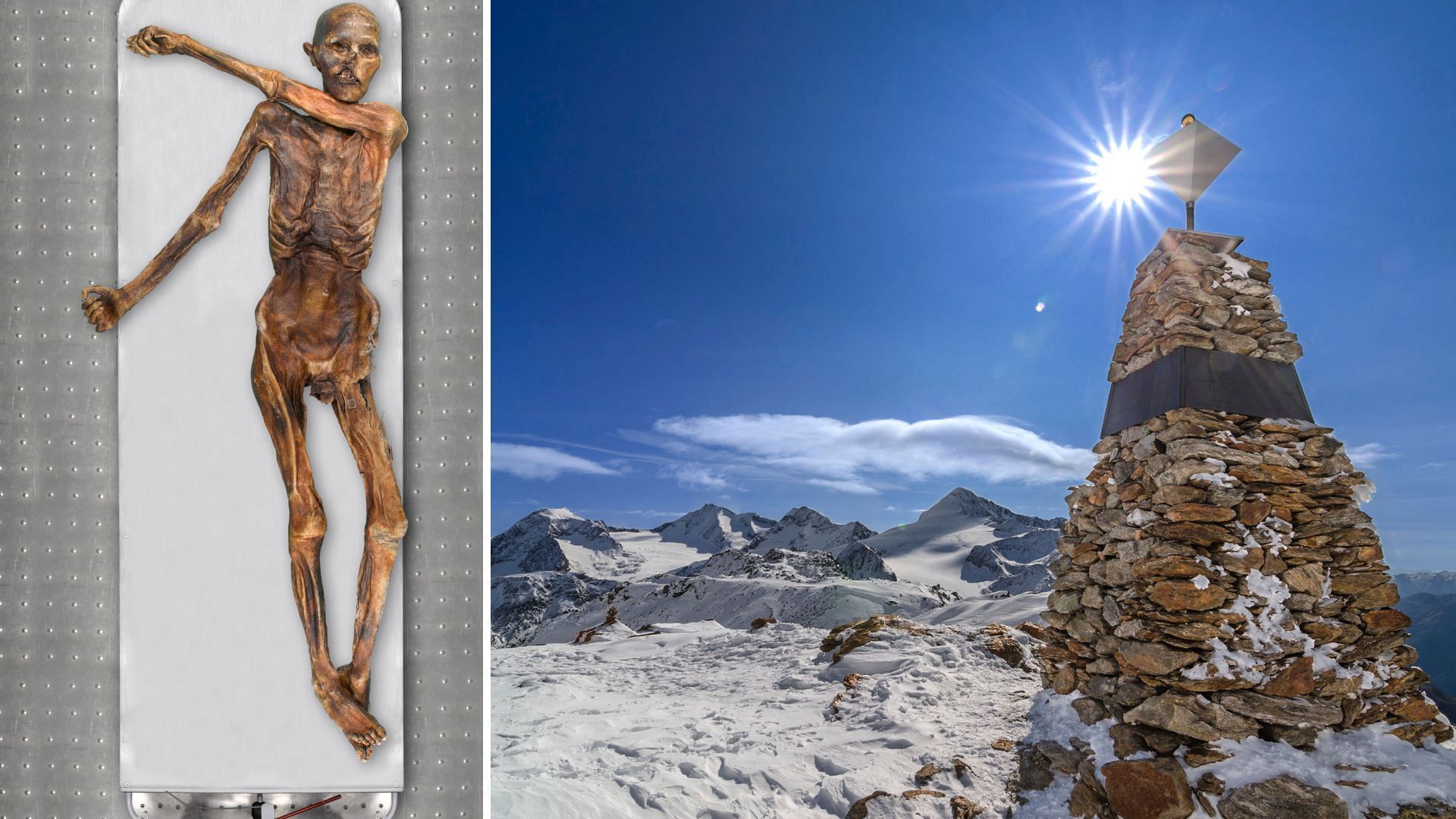
1. **Ötzi the Iceman: A Frozen Time Capsule**: Perhaps the most haunting and globally renowned discovery to emerge from the melting Alpine ice is Ötzi the Iceman, found in 1991. Preserved for over 5,300 years, his mummified remains were uncovered in a melting glacier on the border between Austria and Italy, in the Italian Tyrol region, becoming an instant worldwide sensation. This remarkable find challenged previous archaeological beliefs, which had long held that prehistoric communities generally avoided the high, intimidating mountain ranges. Ötzi’s existence proved that humans had been actively traversing and living in these challenging alpine environments for thousands of years.
His exceptional preservation is attributed to an almost unbelievable series of natural coincidences. As Katharina Hersel, research coordinator at the South Tyrol Museum of Archaeology, explains, “He died at a very high and remote mountain pass, underwent freeze-drying immediately after death, was covered by snow or ice that protected him from scavengers, and, crucially, was sheltered in a rocky hollow, preventing him from being transported downhill by a moving glacier.” This unique set of circumstances resulted in a time capsule of unparalleled detail, offering an intimate look into Copper Age life.
Ötzi’s clothing, astonishingly intact, provided invaluable insights into the practical attire of his era. He wore a goat and sheep leather coat, expertly crafted for the harsh alpine climate, along with shoes specifically designed for crossing the freezing terrain of the glacier. Ms. Hershel notes that his attire was both practical and featured “symbolic or decorative elements, such as different-coloured strips of goat fur on his coat, a bear fur cap worn with the fur outward, and insulated shoes designed for grip on slippery and steep terrain.” Unlike typical archaeological finds buried with ceremonial items, Ötzi’s body, taken straight from life, presented a unique view of everyday life in the Copper Age.
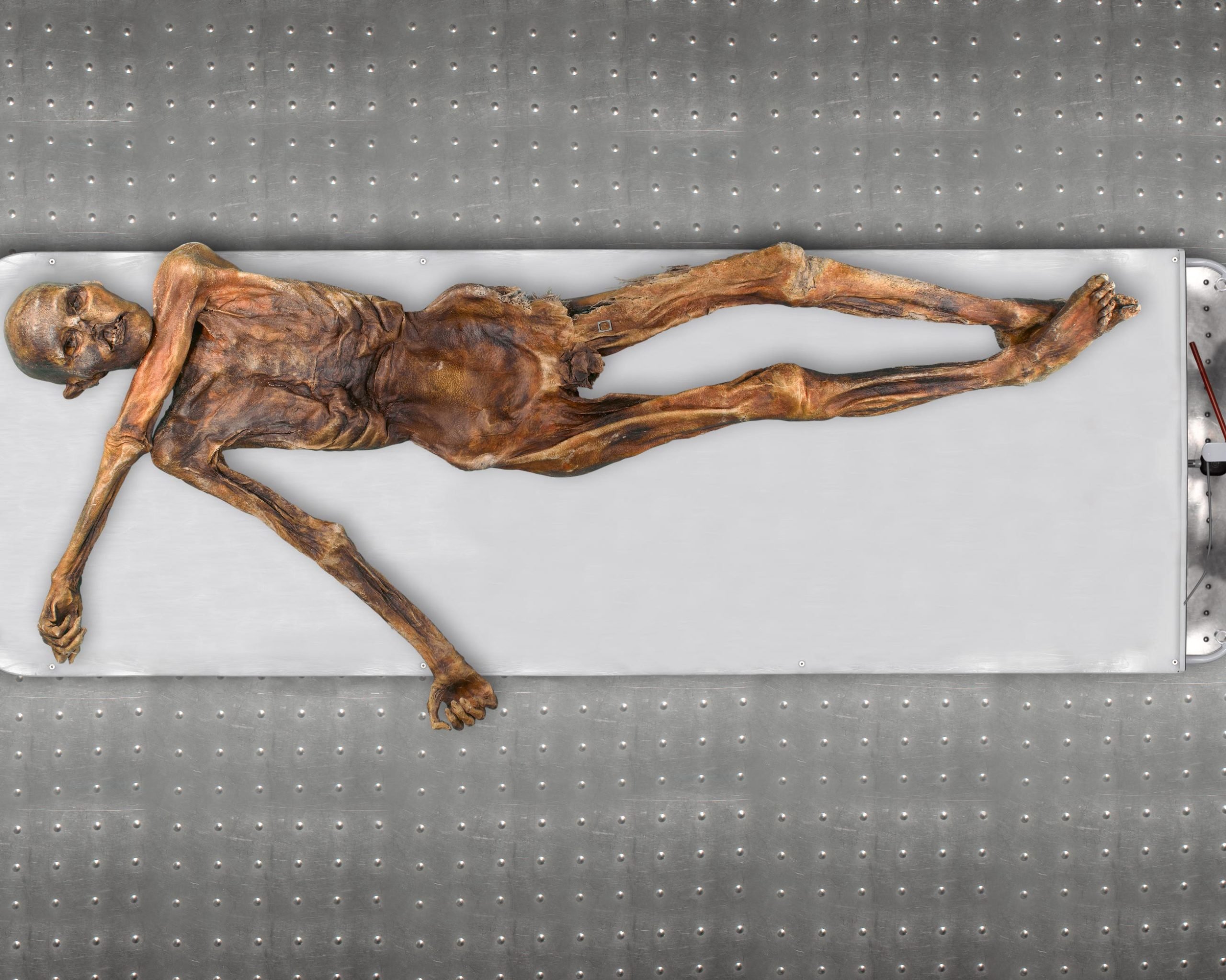
2. **Ötzi’s Arsenal and Medical Kit**: Beyond his remarkably preserved body and clothing, Ötzi provided archaeologists with an unprecedented array of personal belongings and tools, offering a detailed snapshot of his daily existence. Around his mummified remains, researchers discovered what is considered the oldest preserved hunting equipment in the world. This collection of ancient gear speaks volumes about the ingenuity and self-sufficiency of Copper Age individuals navigating the challenging alpine landscape.
Among his impressive arsenal were essential tools for survival: “a knife and a sheath, a bow with its string, fletched arrows, and a preserved axe.” These items are not just curiosities; they are a direct testament to the hunting and survival techniques employed by people over five millennia ago. Their pristine condition, thanks to the ice, allows archaeologists to understand how “carefully and thoughtfully people of his time dressed in daily life and what their equipment looked like.” Every detail, from the fletching on his arrows to the construction of his axe, provides unique insights into ancient craftsmanship.
Perhaps even more surprising than his hunting gear was the discovery of a “travel medicine kit containing birch bark and mushrooms.” This revelation suggests a sophisticated understanding of natural remedies and a proactive approach to health, even in such a remote and dangerous environment. While the exact circumstances of his death—a flint arrowhead embedded in his back—remain a tragic mystery, Ötzi’s final moments on the glacier yielded an extraordinary archaeological bounty, providing a unique window into the Copper Age that continues to be studied and celebrated.

3. **The Mysterious Wooden Statuette**: Not all discoveries are made by archaeologists; often, it’s hikers and mountaineers who stumble upon these ancient secrets, sometimes with unexpected consequences. Such was the case with a mysterious wooden statuette, which highlights both the thrill and the challenge of glacial archaeology. Found by two Italian hikers in 1999 on the Arolla glacier in southern Wallis canton, at an altitude of 3,100 meters, the object was initially taken home. It hung on their living-room wall for nearly two decades after being wiped down with modern cleaning products, which could have potentially damaged the ancient relic.
Through a string of lucky circumstances, the 52-centimetre-long human-shaped statuette, with its flat, frowning face, eventually came to the attention of Pierre-Yves Nicod, an archaeologist with the Wallis historical museum in Sion. After tracking it down in 2018, Nicod and his team were able to date the wood to the first or second century BC, firmly placing it in the Iron Age. He describes it as “a Celtic artefact from the Iron Age,” a testament to the ancient cultures that traversed these icy heights.
Despite its remarkable preservation, the function of the statuette remains a profound mystery. Nicod has speculated on its possible uses, suggesting it might have been placed by travelers for “divine protection,” or perhaps served to mark a border. It’s also possible someone simply lost it during a long mountain trek. This enigma perfectly illustrates one of the core difficulties in glacial archaeology: finding objects “out of all archaeological context.” Unlike finds in ancient cities or tombs, isolated glacier artifacts often lack comparative analogs, leaving their true purpose open to fascinating speculation. “We have no comparison,” Nicod lamented, highlighting the unique nature of such organic finds preserved only by the ice.
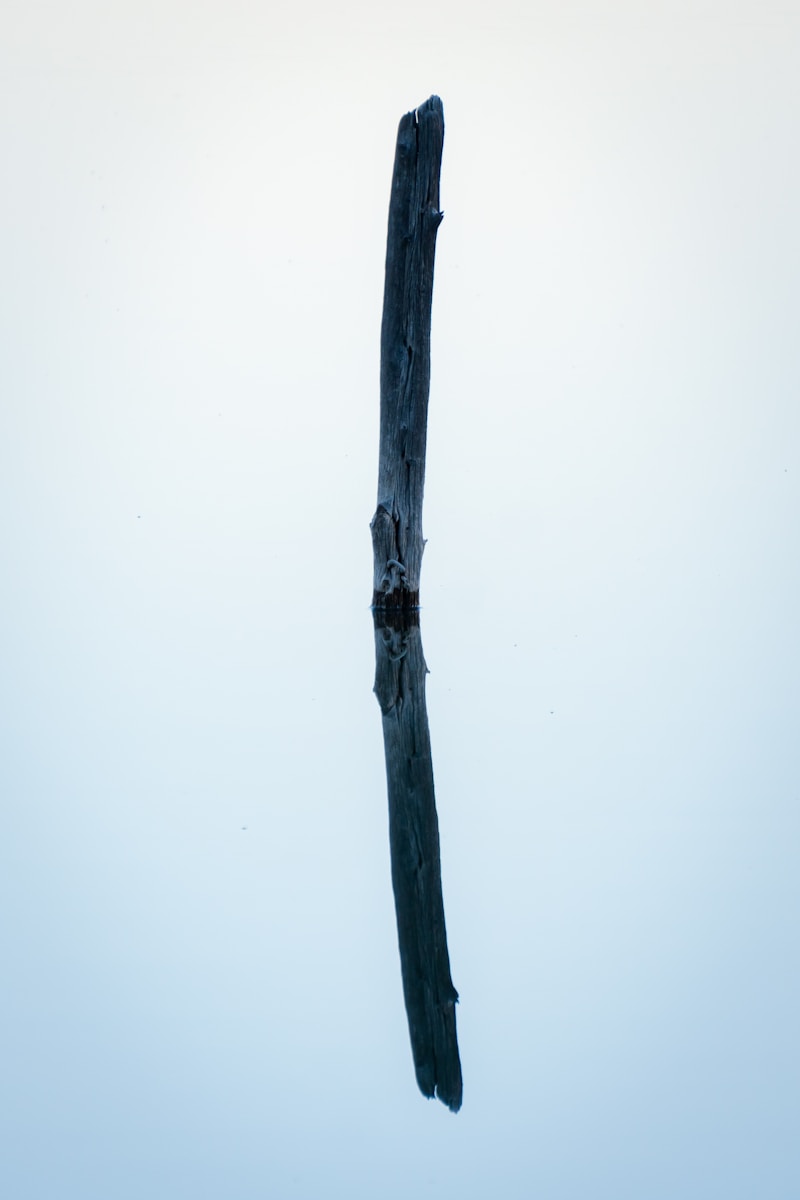
4. **Enigmatic Alpine Sticks**: Among the many perplexing artifacts surfacing from the melting ice are groups of unassuming sticks, which nevertheless hold intriguing clues about ancient alpine travel and human ingenuity. These enigmatic wooden sticks, all originating from the same mountain pass, or “col,” between peaks, present a compelling mystery. Crucially, as these locations are far above the natural tree line, the sticks would not be present unless they were purposefully brought there by humans, immediately signaling their archaeological significance.
Archaeologists are still actively working on radiocarbon-dating these finds, but some have already been traced back to the time of the ancient Romans. Local archaeologist Romain Andenmatten posits a fascinating theory: he believes the Celtics, renowned for their knowledge of the landscape, might have used these sticks as markers to guide the Romans over the perilous glaciers and through the Alps. “He thinks the Celtics used sticks to mark the passage,” Andenmatten noted, suggesting a collaboration between cultures in navigating these formidable routes.
The ongoing nature of these discoveries further deepens the intrigue. Archaeologists continue to find more of these sticks each season during their visits to the glacier, underscoring that this is truly “a research in progress.” Pierre-Yves Nicod emphasizes this continuous unfolding: “We go back, we go back, and we still find wood.” These seemingly simple objects, therefore, represent a dynamic area of study, continually revealing more about the ancient strategies and relationships that shaped human movement across the formidable Alpine passes.
5. **Relics of a 17th-Century Merchant**: While some glacial discoveries remain shrouded in mystery, others offer remarkably detailed insights into past lives, shedding brilliant light on the ancient economies of the Alps. Such is the case with the valuable belongings of a 17th-century man, whose identity archaeologists now believe they have successfully pieced together. This specific discovery provides a rare and clear snapshot of a wealthy traveler from centuries past, his life suddenly frozen in time by the unforgiving embrace of the glacier.
Based on a meticulous examination of his preserved possessions, archaeologists have deduced that he was likely a merchant. His “fine clothes, coins from Northern Italy, and weapons from present-day Germany” paint a vivid picture of a well-traveled individual engaged in extensive trade. Further strengthening this hypothesis, the remains of two mules, discovered nearby, suggest they may have been carrying his wares across the treacherous mountain passes, vital arteries for commerce in ancient Europe.
Archaeologists suspect that the merchant met a tragic end, likely dying in an accident such as falling into a crevasse within the glacier. His demise, while unfortunate, has provided an unparalleled glimpse into an ancient economy that stretched across the entire Alps. For centuries, people bravely navigated these hazardous cols and glaciers to reach settlements on the other side of the mountains, and this particular find offers a remarkably detailed and poignant testament to their resilience and the economic ties that bound distant regions together.
6. **The Ancient Crystal Miners**: One of the most valuable archaeological sites to emerge from the rapidly melting glacier ice in recent decades has dramatically altered our understanding of prehistoric human activity in the Alps: the discovery of traces of an ancient hunt for crystals. This remarkable find suggests that hunters and gatherers in the Mesolithic era, some 9,500 years ago, ventured deep into the mountains specifically to collect precious rocks needed to sculpt their tools. The continuous environmental changes and retreating glaciers revealed a crystal vein filled with rocks identical to those used for ancient implements.
This discovery directly challenges previous long-held beliefs. Up until the early 1990s, it was widely thought that people in prehistoric times deliberately avoided the towering and intimidating mountains. However, this and other startling finds since Ötzi have emphatically indicated that mountain ranges like the Alps have been bustling with human activity for thousands of years. Early humans are now believed to have regularly hiked into the mountains not just for travel to nearby valleys, but also for hunting, pasturing animals, and critically, searching for raw materials.
Marcel Cornelissen, who led an excavation trip to the remote crystal site near the Brunifirm glacier in eastern Switzerland, at an altitude of 2,800 meters, described the find as “truly exceptional.” Christian auf der Maur, an archaeologist with Uri canton, further emphasized its significance, stating, “We know now that people were hiking up to the mountains up to 3,000 meters altitude, looking for crystals and other primary materials.” This revelation opens a profound “window into a part of archaeology that we don’t normally get,” showcasing an unexpected layer of ancient human resourcefulness and adaptation to the challenging alpine environment.
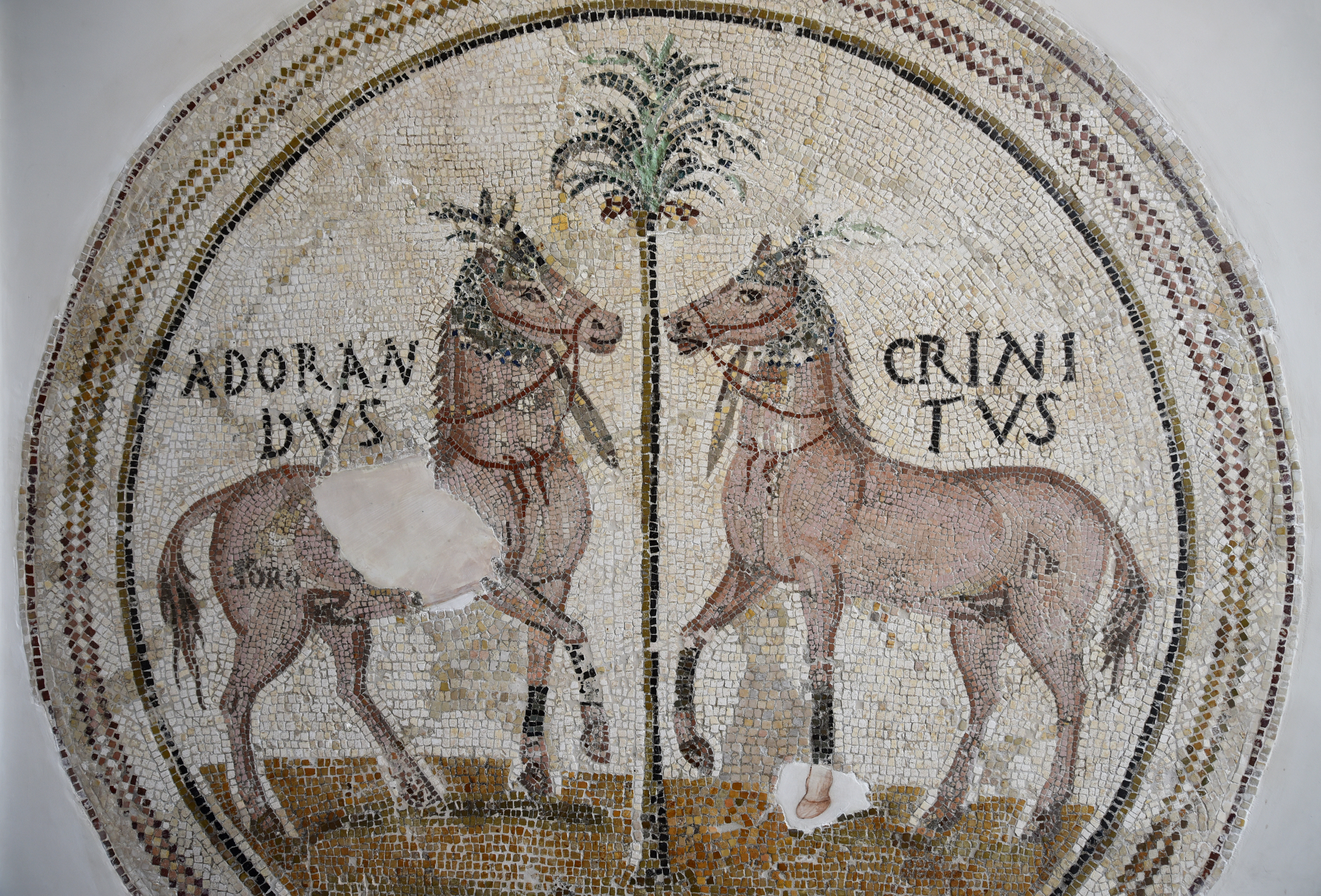
7. **The Ancient Horse Snowshoe of Lendbreen Pass**: Among the unexpected treasures emerging from the thawing ice is a remarkably practical, yet deeply mysterious, artifact: an ancient horse snowshoe. Discovered in 2019 on the Lendbreen Pass, a once-lost Viking route winding through the high Norwegian mountains, this unique item offers a rare glimpse into the ingenuity required for ancient alpine travel. Measuring approximately 40 centimeters by 30 centimeters, the snowshoe is intricately crafted from woven juniper and birch roots, a testament to the sophisticated use of natural materials by ancient peoples.
Archaeologists from the Secrets of the Ice project, including Dr. Lars Holger Pilø, believe this artifact was designed to aid horses in traversing the treacherous glacial terrain. Its design strikingly resembles snowshoes developed much later, in the 18th century, hinting at a timeless solution to a persistent challenge. The snowshoe is thought to date back to the Viking Age or the medieval period, suggesting that this vital route was used consistently for centuries, enabling trade and movement across the formidable Scandinavian peaks.
Indeed, the glacier’s retreat on the Lendbreen Pass has revealed extensive evidence of a bustling ancient pathway, including fragments of clothing, perfectly preserved frozen horse dung, and even the remnants of small stone shelters for weary travelers. This particular snowshoe, likely lost by an unlucky horse around the third century AD, provides a tangible link to the pack animals that carried goods and supplies across these dangerous crossings, underscoring the vital role these routes played in ancient European commerce and communication.

8. **The Mysterious Viking Sword**: A truly striking artifact to emerge from the frozen embrace of the high mountains is a Viking sword, found in unusually pristine condition. Crafted from iron, this weapon features a fairly standard design for a Viking warrior, yet its remarkable state of preservation in the cold climate of the glacier is nothing short of astonishing. The sword appears almost as if it were lost yesterday, despite being centuries, if not a millennium, old.
What makes this discovery particularly perplexing, however, is its location. A reindeer hunter stumbled upon the sword at an altitude of 1,600 meters (5,250 feet), a height surpassing the peak of Mount Washington in British Columbia. This remote, desolate spot offers no signs of a nearby battle nor any indication of a burial site, leaving archaeologists baffled as to why a Viking warrior would have carried such a significant weapon to such an extreme altitude only to abandon it.
The absence of context surrounding the sword’s presence fuels ongoing speculation. Could its owner have been lost, perhaps succumbing to the harsh alpine conditions and abandoning their heavy weapon in a desperate bid for survival? The sword remains a powerful, silent testament to the challenges and mysteries faced by ancient travelers in these unforgiving landscapes, a solitary sentinel hinting at an untold story of perseverance and perhaps, tragedy.

9. **The Iron Age Tool Handle**: Among the remarkably preserved wooden objects unearthed from the melting Alpine ice is an unassuming yet historically significant artifact: an Iron Age tool handle. This particular piece, held in gloved hands by Pierre-Yves Nicod, an archaeologist with the Wallis Historical Museum in Sion, perfectly fits the grip, suggesting a comfortable and functional design. Its immaculate preservation is a testament to the ice’s ability to act as nature’s deep freezer, safeguarding organic materials that would typically disintegrate over millennia elsewhere.
Dated firmly to the Iron Age, this wooden handle offers direct insight into the craftsmanship and practical implements of a bygone era. While its exact purpose remains a subject of informed speculation, Nicod has theorized that it might have been the handle for a hooked blade, perhaps used for cutting back plants in the alpine environment. This speculation provides a fascinating window into the daily lives and tasks of people traversing these mountains thousands of years ago, highlighting their resourcefulness and adaptability.
Nicod emphasizes the extraordinary nature of such finds, remarking that these are “exceptional wooden objects that would have been destroyed elsewhere.” Unlike artifacts found in typical archaeological digs, where organic materials rarely survive, the glacier’s embrace has offered an unparalleled opportunity to study the intricate details of ancient wooden tools. These objects, therefore, are not merely curiosities; they are tangible links to the ancient past, offering profound insights into the technological prowess and daily routines of our predecessors.

10. **Ancient Pathogens and Disease Clues**: One of the more unsettling, yet scientifically crucial, aspects of glacier archaeology involves the potential for uncovering long-extinct diseases and ancient pathogens. While the preservation of organic materials is a boon for historical research, it also poses a unique challenge: some artifacts, particularly human and animal remains, could harbor viruses or other microbes that have remained viable through millennia of deep freeze. This has prompted archaeologists, such as Romain Andenmatten, to take stringent precautions, including rigorous hand washing, after handling ancient remains.
Researchers have previously identified active viruses, some tens of thousands of years old and suited to plants or amoebas, frozen within Tibetan glaciers and Arctic permafrost. The concern extends to more recent, human-adapted pathogens like plague or smallpox, which could easily be preserved in the icy conditions. Indeed, relics from the Middle Ages, the peak period of the Black Plague, have been found in the Alps’ glaciers, raising legitimate questions about the health risks associated with these discoveries.
Andenmatten has openly expressed his caution, stating he doesn’t wish to become an “archaeological experiment,” acknowledging that other regions have encountered problems. A stark example occurred in Siberia in 2016, where thawing permafrost released anthrax, leading to dozens of infections and a child’s death. These discoveries underscore the dual nature of glacier archaeology—while offering unprecedented historical insights, it also presents a compelling, and sometimes eerie, reminder of the hidden biological legacies locked within Earth’s disappearing ice.
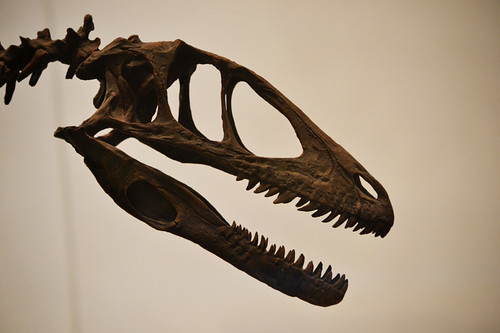
11. **Prehistoric Animal Remains: A Glimpse into Lost Ecosystems**: The melting glaciers are not only yielding secrets about human history but are also providing invaluable insights into ancient ecosystems through the unveiling of prehistoric animal remains. Beyond the occasional discovery of domesticated animals like the mules found near the 17th-century merchant, the thawing ice has brought forth the remarkably preserved bodies of long-extinct species. These include magnificent mammoths, agile ibex, and even ancient dogs, each offering a unique window into the fauna that once roamed the alpine regions.
What makes these finds so extraordinary is the level of preservation. Often, not only bones but also fur, and sometimes even the stomach contents, survive the centuries, frozen in time as perfect snapshots of a lost world. By meticulously examining these remains, scientists can reconstruct the climate and environmental conditions of the distant past. This process is akin to piecing together an elaborate ancient puzzle, with each new discovery adding crucial details about how life once flourished in the high, icy reaches of the Alps.
These animal finds contribute significantly to paleontology and environmental science, allowing researchers to track changes in biodiversity and climate over vast timescales. They serve as silent witnesses to the dramatic transformations the alpine environment has undergone, providing critical data for understanding natural history and forecasting potential ecological shifts in the face of ongoing climate change. Their emergence is a powerful reminder of the intricate web of life that has thrived, and sometimes perished, within these majestic mountains.
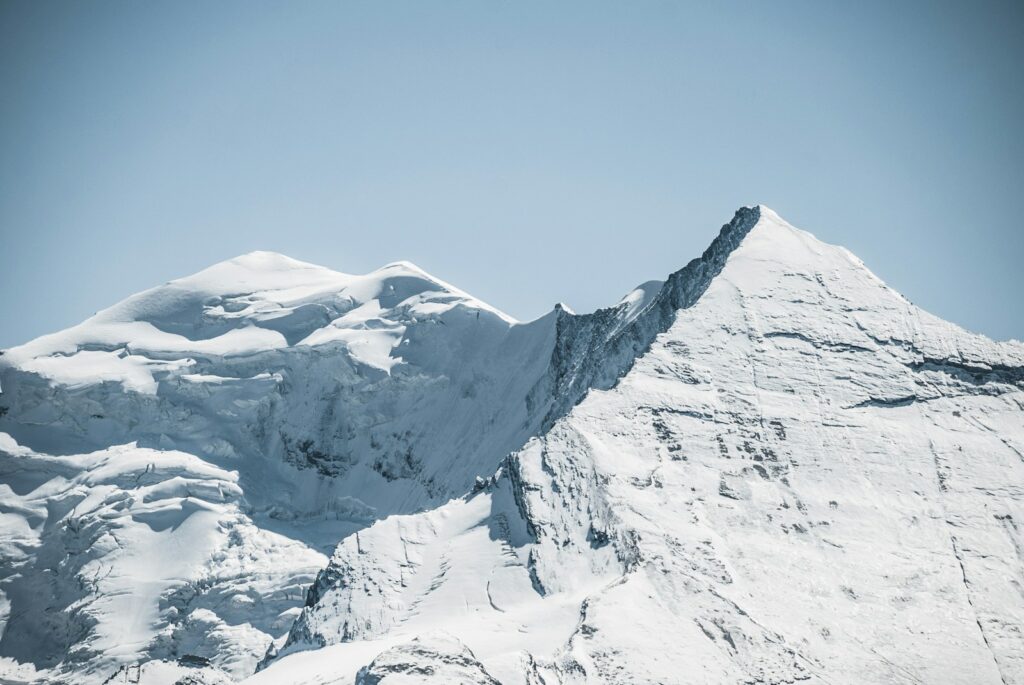
As the glaciers continue their relentless retreat, each summer reveals more than just ancient objects; it unearths fragments of forgotten lives, lost journeys, and the intricate tapestry of human existence interwoven with the mighty Alps. The race against time continues for archaeologists, who scramble to retrieve these precious insights before they vanish forever, exposed to the elements after millennia of preservation. These awe-inspiring, sometimes unsettling, discoveries serve as poignant messages from the past, reminding us of the fragility of both nature and civilization. What secrets will the mountains whisper next? And are we truly prepared to listen to the profound stories they have yet to tell?





